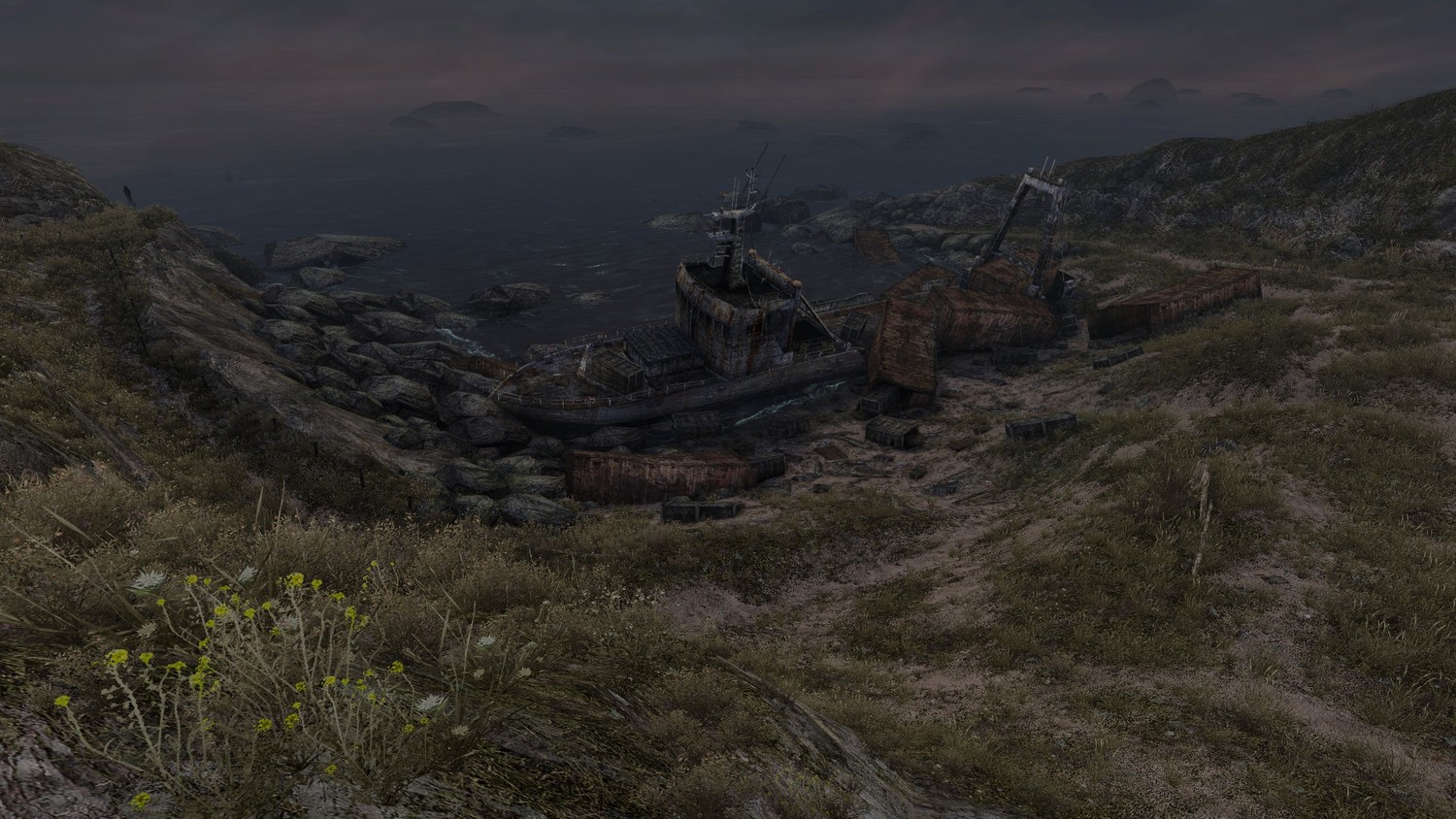
Review: Touhou Genso Wanderer
Posted by Curtis H on March 23rd, 2017 | 0 Comments | Tags: Touhou Genso Wanderer
Diving into Touhou
Often times, I like to take on a review for a game or series that I might not be super familiar with. I think a fresh perspective is worth a great deal, and ultimately new things just give me a chance to learn. In the case of Touhou Project, this is a series of games and fan-made spin-offs that I’ve become aware of over the past year or so. The wide range of genres covered within the Touhou umbrella piqued my interest, and thus, I’ve started to become far more interested in learning more about what these Touhou games are all about. In short, the mainline Touhou Project games are developed by a single person (ZUN) who does all graphics, music, and programming. The mainline games are all Japanese bullet hell shooters that feature some sort of strange incidents occurring in Gensokyo. The characters, lore, and concepts within the mainline games often appear in the wealth of fan-made games that have popped up throughout the years. My journey down this rabbit hole begins with reviews for Touhou Double Focus and Touhou Genso Wanderer, each of which provide their own interesting introduction to Gensokyo and its inhabitants. As spin-offs, they may not truly be the best place to start, but they’ve both done an excellent job of making me far more interested in tracking down the official Touhou Project games sometime in the future.
In Touhou Genso Wanderer a mysterious tower has appeared and, as the shrine maiden, Reimu Hakurei is tasked with investigating the matter. Reimu’s investigation will take her to an assortment of different locations and through plenty of difficult dungeons, but the story for the most part is just a means to an end here. Genso Wanderer is all about dungeon crawling, building up weapons, and overcoming a number of really tough scenarios. It’s all around a well-made roguelike, one that I’ve spent well over fifty hours in, without even getting all that deep into post-game dungeons.
As is the case with any other roguelike, you’ll climb through the floors of each dungeon killing enemies to level up, picking up materials to use in crafting, paying special attention to your health at all times, and taking whatever measures are necessary to prepare for any potential (e.g. deadly) surprises. Dying at any point in a dungeon means returning back to the very first floor as well as resetting Reimu’s and her partner’s levels. The penalty certainly hurts, especially when you die during the dungeon’s boss fight (like me), but the blow is lessened a bit by the fact that all of your equipment remains in tact. That level fifty sword that you spent a lot of time leveling up isn’t going to revert back to level one, which, believe me, really helps alleviate some of the frustration that dying could bring.
The huge penalty for dying means that it’s really important to take things slow, consider every move, and proceed with caution no matter how well your current run is going. HP is naturally a good thing to keep an eye on, but it’s also important to stay well nourished. The Tummy meter will deplete with each move, healing some HP in the process, but Reimu’s health will also fall rather quickly once starvation sets in. Leveling up is also great, but Reimu is only as strong as her current power allows her to be. Needless to say, there’s a lot of stuff to keep in mind while dungeon crawling. Among P Items, Nito Points, Equipment Growth, Alchemy, and an assortment of other features, Genso Wanderer is really good about introducing new things at a steady pace and in ways that are easily understandable. Even someone like me, who doesn’t have a long history with roguelikes, can pick up nearly all of the game’s mechanics with relative ease.
Being accessible doesn’t necessarily make for an easy time though, Genso Wanderer is tough and is quick to punish any of the littlest of mistakes. Triggering a trap could potentially prove devastating, getting caught in a Pandemonium room can easily end in death, and it’s entirely possible to lose valuable equipment if you’re not careful. I lost a level sixty sword when an enemy knocked it out of my hands and threw it at me, causing it to break, before I even realized what had happened. It sucked. Yet, no matter how frustrating each setback can be, overcoming these challenges proves to be just as rewarding. Learning the best ways to handle specific encounters, correctly utilizing items in the right situations, coming out of Pandemonium rooms unscathed, and defeating each boss feels really great. It’s rewarding because of the fact that much of the game will always fight back against you.
Story dungeons are pretty long and will usually have one to two floors that act as rest areas. These areas are also sometimes small villages with various shops, inns, and other places to take advantage of before continuing the adventure. Genso Wanderer also eventually introduces dungeons without rest areas that typically have their own special rules. These rules can determine if you can bring items or partners with you, what kind of item drops might occur in the dungeon, and ultimately what the general goal might be. These smaller dungeons with special rules actually proved to be a highlight for me, I really enjoyed these challenges that took a fraction of the time to complete compared to the longer story dungeons. This also allowed more room for the game to experiment and provide dungeons that felt really unique.

As the game progresses Reimu is given access to various forms of crafting. Eventually, you’ll be able to craft new items, forge new weapons, and even upgrade the abilities of any current piece of equipment you have. This is done using Nito Points, another currency that’s earned through dungeon progression, and becomes pivotal for survival later in the game. I found myself crafting a lot to ensure that I’d have the items necessary to survive and the game is certainly built around that. However, the game’s crafting system could use a bit more polish. It’s simple enough to open up the Nito menu, choose your recipe, and craft whatever item or weapon you’d like. Unfortunately, there’s no way to craft multiple of any particular item at once and crafting an item always ends by closing out of the menu altogether. So, if you want to craft multiple things, you’ll have to constantly reopen the menu which is a bit more tedious than it needs to be.
Genso Wanderer is a really well made roguelike, it’s great about introducing new mechanics at a steady pace, and it’s pretty easy to get into – even if you have no prior knowledge of other Touhou Project games. Unfortunately, for as well made as the game is, the story proves to be the weak link here. It’s certainly present throughout the adventure, but the general structure makes for a journey that feels a little empty. It’s hard to care about many of these characters and, for the most part, the events unfolding around Gensokyo just serve to give more reasons to crawl through dungeons. A larger focus on gameplay isn’t all bad, but I certainly would have liked to see a better realized story as well. That said, after over fifty hours of dungeon crawling, I’m glad I took the time to investigate all of the weird incidents surrounding Gensokyo. It’s a game that’s very much worth persevering through each obstacle thrown your way, no matter how demoralizing each death might be.
A copy of this game was provided by the publisher for review purposes. For more info on our review policy click here.
General Info
- Developer: Aqua Style
- Publisher: NIS America Inc.
- Platforms: PS Vita, PS4 (Reviewed)
- Release Date: March 2017
Score:
What I Like:
- Difficult, but highly rewarding.
- Introduces mechanics at a steady pace, never feels overwhelming.
- Rules for certain dungeons that lead to some unique challenges
- Equipment not losing experience after each death is a godsend.
What I Dislike:
- Crafting multiple items at once could be handled better
- Story




